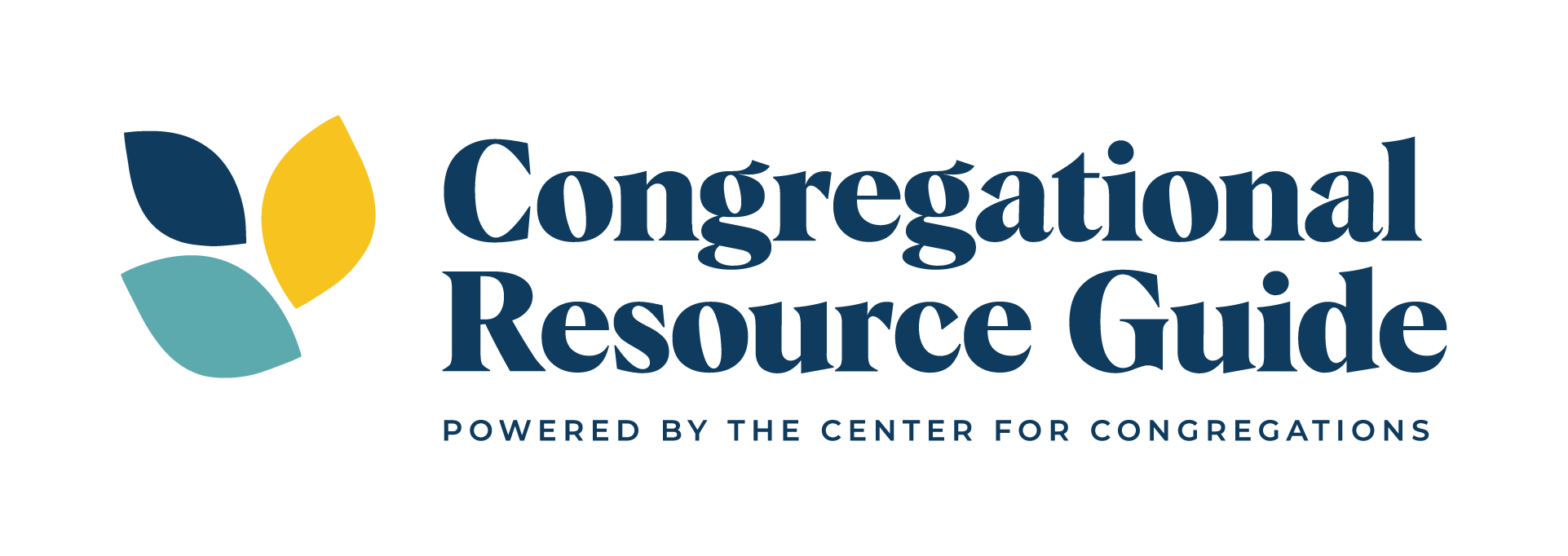In October 2012, the Pew Forum on Religion and Public Life reported that, based on new data, 19.5% of Americans register no religious affiliation. This is an almost five percent increase over the last five years.
Congregations are struggling, in part, because the religious lives of individuals in the United States are changing, according to the Pew Forum Study.
The numbers
These numbers indicate that congregations are at risk. If fewer Americans report no faith affiliation, then fewer Americans are likely to be affiliated with congregations. Congregations are closing, some estimate about 3500 annually across the country. Surely this number is not a fixed figure. After all, it is also true that some reports indicate that more congregations open annually than close. Regardless, the general news we receive is that congregational life is in decline.
The same Pew study reports that 76% of Americans say that daily prayer is an important part of their lives, a percent that is unchanged over the last 25 years.
The tension between these two statistics – the decrease in religious affiliation and the steady practice of prayer – represent a peculiarly positive reality. The faith life of many Americans is more ambiguous than can be explained in a survey.
The story
Furthermore, the life of any particular congregation – that is, your congregation – is more rich, complex and religious than is captured in many contemporary studies of United States congregations.
My experience with any particular congregation is almost always positive. Every day I observe congregations with vibrant worship, effective mission and strong religious education. For every sign of congregational decline observed through national data, there exists an exception.
For example, many researchers share data that illustrates decline in worship attendance among mainline congregations. Not too long ago, I preached on Stewardship Sunday at a mainline congregation that was absolutely full with more than 400 people. Did I mention it was Stewardship Sunday?!
What explains such exceptions to the social science data?
All who provide support services to congregations, pay heed. Our view of the world is formed by the questions we ask. If one asks social survey questions, one receives general population data. However, if your questions are asset based and focused on the singular, local congregation rather than on a conglomerate of congregations, you are likely to get rich, powerful stories.
I love the old New Yorker cartoon that pictures a man sitting in the examination room with his doctor. The physician holds up an X-ray and states confidently, “Well, there’s nothing wrong with you that what’s right with you can’t cure.”
For more information about congregational trends, see the ARDA or search Religion in America on the CRG.


